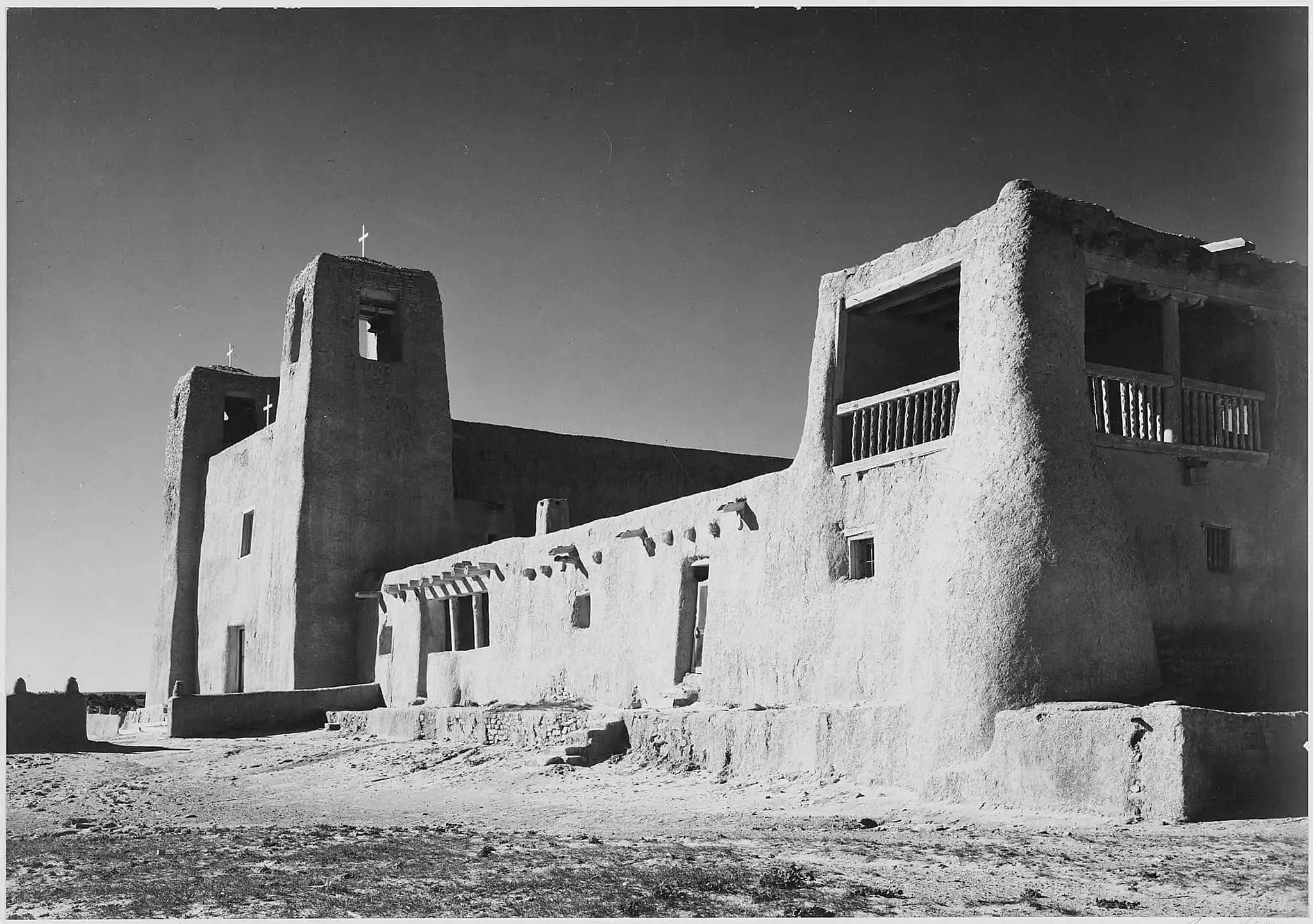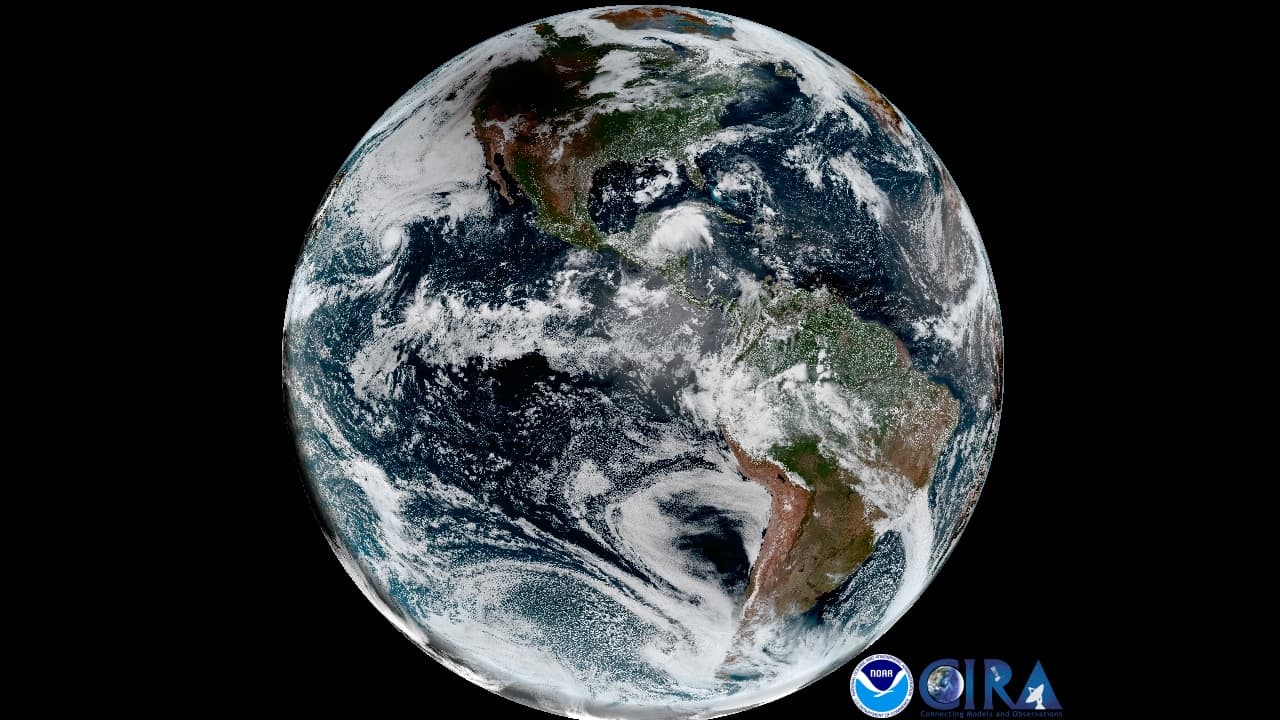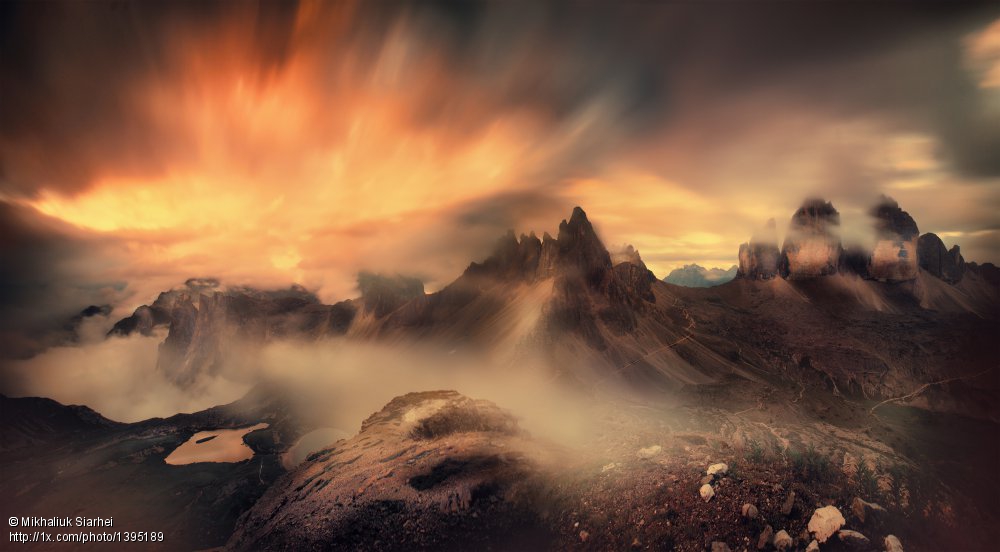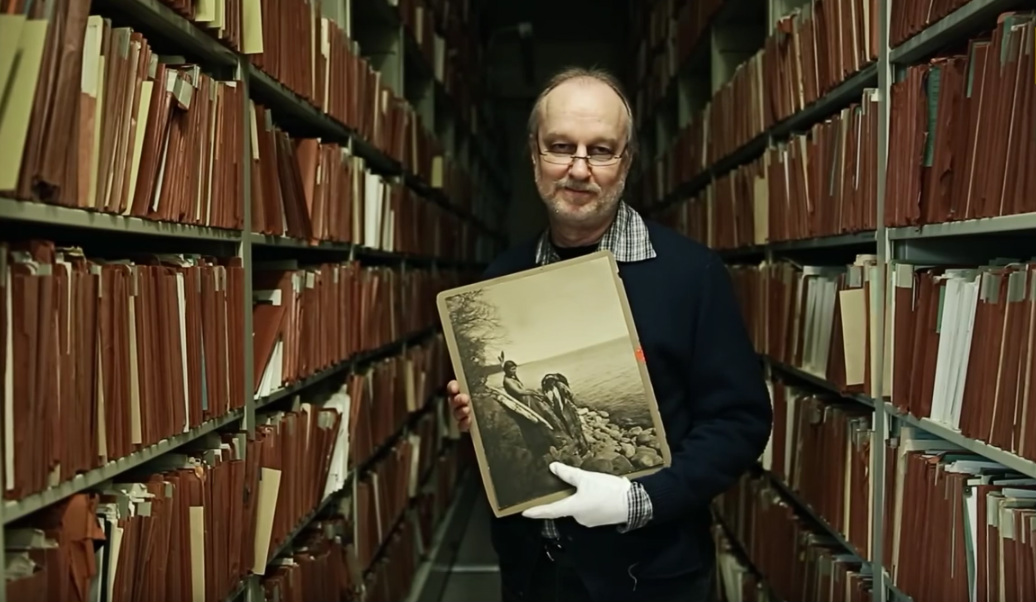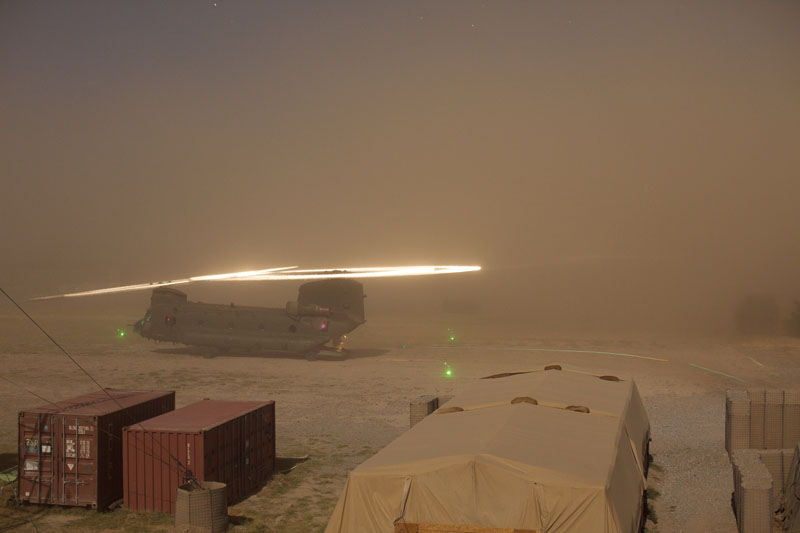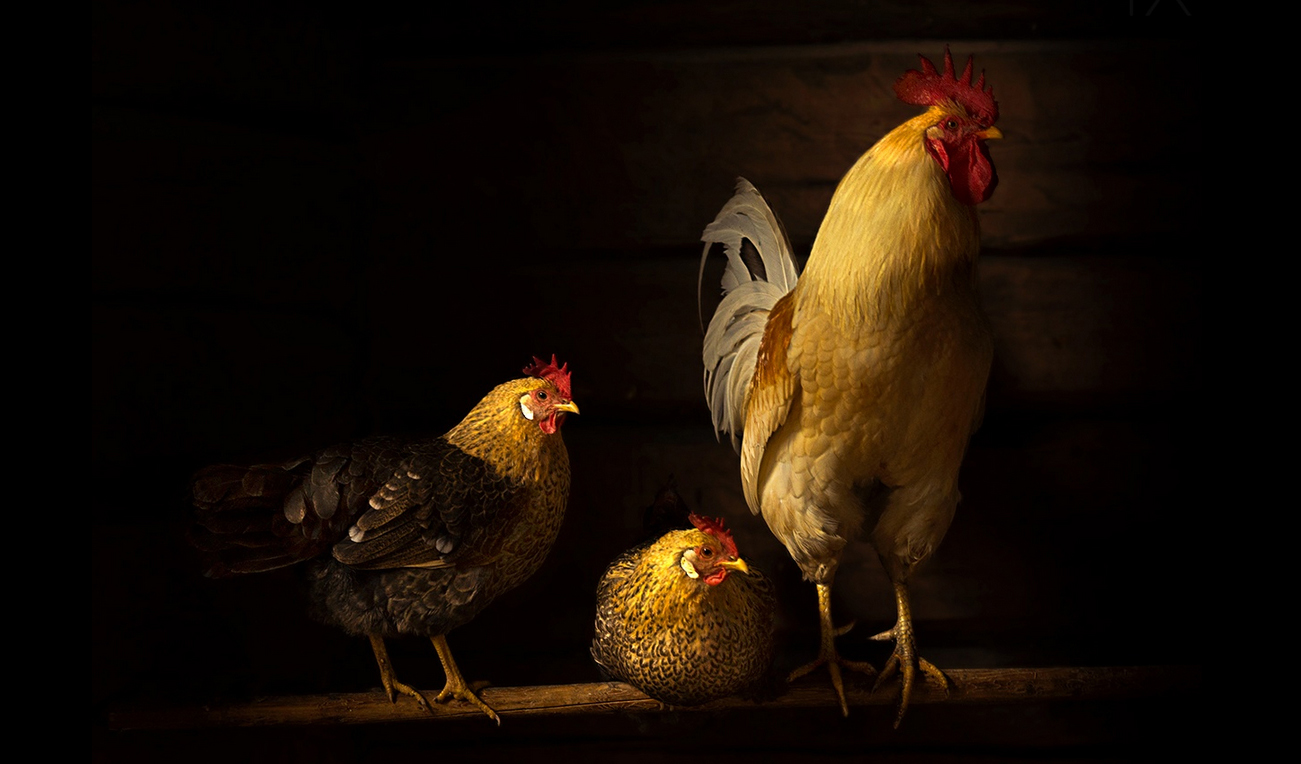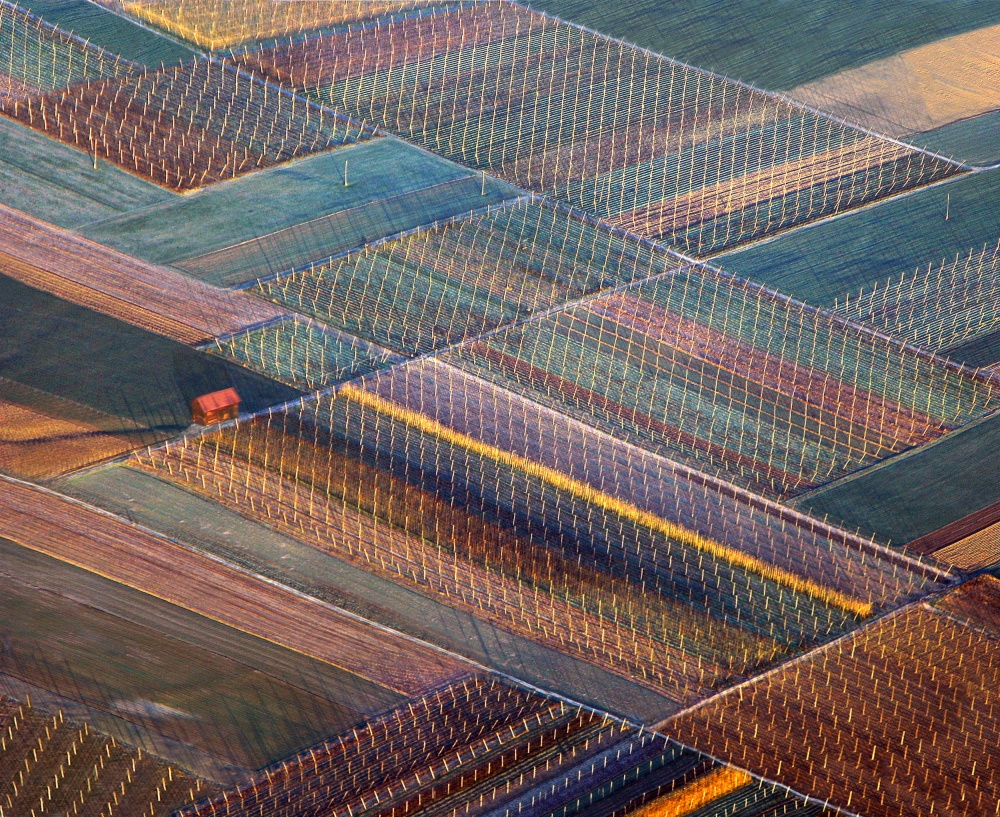Tips & Tricks
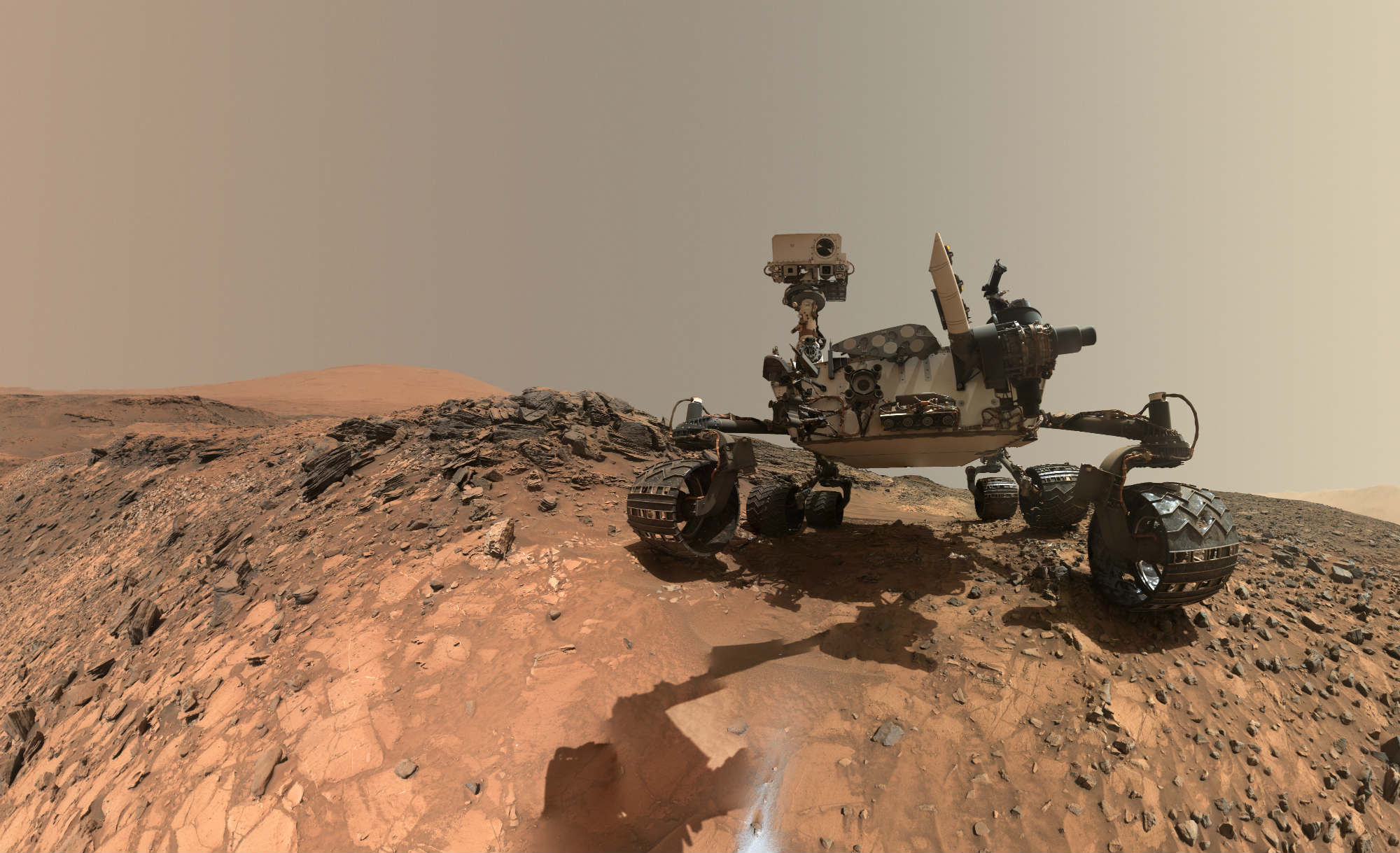
Five Years Later, the Mars Curiosity Rover is Still Taking Some Great Photos
Photography Talk Image courtesy of NASA/Jet Propulsion Laboratory.
Image courtesy of NASA/Jet Propulsion Laboratory.
I fancy myself a pretty good photographer, particularly of landscapes.
But I'll be the first to admit that I've got nothing on the Mars Curiosity Rover.
Dare I say, it's got talent that's out of this world...
My lame humor aside, this thing really does take a great photo. Of course, taking photos of a seldom seen alien planet certainly helps the intrigue.
Launched as part of the Mars Science Laboratory mission on November 26, 2011, the Curiosity Rover has been poking around the Red Planet for more than five years since landing in Gale Crater at 1:31 am EDT on August 6, 2012.
In that time, Curiosity has seen some pretty spectacular stuff, which you can see in the time-lapse video above from Tech Insider.
Read further for more details about Curiosity, its mission, and for a sampling of its epic images.
The Curiosity Rover
 Image courtesy of NASA/Jet Propulsion Laboratory.
Image courtesy of NASA/Jet Propulsion Laboratory.
About the size of a car, it's not like Curiosity is a tiny RC toy that you played with as a child.
Instead, this beast of a machine carries some of the most technologically advanced tools ever sent to explore Mars.
Onboard, it has a laser to analyze rocks; a Radiation Assessment Detector to determine if the atmosphere could protect future human explorers; a meteorological station (shown below) to examine things like wind speed, temperature, and atmospheric pressure; and an Alpha Particle X-Ray Spectrometer, which examines the elements contained in the Martian soil.
 Image courtesy of NASA/Jet Propulsion Laboratory.
Image courtesy of NASA/Jet Propulsion Laboratory.
That's not to forget the rover's cameras, which aren't exactly cheap point-and-shoots.
Its Mast Camera takes color photos and video and is able to create panorama photos all on its own.
The high-resolution lenses create full HD video, and when switched to monochrome, the camera can take photos that help analyze light patterns across the electromagnetic spectrum.
Unlike our cameras, this one is equipped with an absolutely enormous buffer that can store hours of HD videos or a few thousand images.
 Image courtesy of NASA/Jet Propulsion Laboratory.
Image courtesy of NASA/Jet Propulsion Laboratory.
Curiosity is also outfitted with a Mars Hand Lens Imager, a beefed-up version of a common geological tool that allows it to get up close and personal with samples so scientists here on earth can get a good look.
And when I say up close and personal, I mean it - the camera can take images that are smaller than a human hair in width.
The camera's white, ultraviolet, and black lights help it to work at all hours of the day and night, and the UV light can also be used to detect evidence of water.
{source 0} {/source}
To get around, Curiosity has the ability to climb over rocks that are a couple of feet high.
It uses cameras to "see" where it's going, which, along with all its other onboard gear, are powered by a radioisotope power system to generate electricity from the heat put off by the decay of plutonium.
In fact, the electrical system has been so effective that it has exceeded its expected lifespan by more than a full year, which is 687 days if you're on Mars.
Learn more about Curiosity and its mission in the video above from National Geographic.
Curiosity's Mission
 This map shows Curiosity's route from its landing site in August 2012 to its position in March 2016. Image courtesy of NASA/Jet Propulsion Laboratory.
This map shows Curiosity's route from its landing site in August 2012 to its position in March 2016. Image courtesy of NASA/Jet Propulsion Laboratory.
Although it's sent back some incredible photos over the years, Curiosity's mission isn't exactly to be the official Mars photographer.
Instead, the rover's primary job is to determine if the planet ever had an environment that would have been conducive to support life, in particular, microbes.
Early on, Curiosity found evidence in the form of minerals and chemicals that suggest habitable environments did once exist.
In the years since, it has continued roaming around the Red Planet - at a pace of about two miles per year - examining the rock record for further evidence of past life.
 Image courtesy of NASA/Jet Propulsion Laboratory.
Image courtesy of NASA/Jet Propulsion Laboratory.
But for us regular folks, the most salient result of Curiosity's roamings are the photos that NASA publishes from time to time.
The images reveal a stark, yet beautiful landscape with its trademark red color.
But if you look deeper, you see something that could very well be in some far-flung corner of our own planet.
 Image courtesy of NASA/Jet Propulsion Laboratory.
Image courtesy of NASA/Jet Propulsion Laboratory.
The texture of the rocks in the image above, for example, look like they'd be at home somewhere in one of Utah's national parks.
 Image courtesy of NASA/Jet Propulsion Laboratory.
Image courtesy of NASA/Jet Propulsion Laboratory.
The ripples in the sand dunes in this image are reminiscent of something you might see in a photo of the Sahara or Kalahari.
 Image courtesy of NASA/Jet Propulsion Laboratory.
Image courtesy of NASA/Jet Propulsion Laboratory.
And this video of clouds rolling by might as well have been taken in the Badlands of North or South Dakota.
But notice something else about these images...
They're all pretty well composed!
They've got texture, leading lines, and interesting perspective.
I know that Curiosity is doing much more important work than taking pretty pictures that I can talk about in an article, but it's hard not to be mesmerized by the photos Curiosity has taken.
Maybe someday human photographers will be on the Red Planet, sending back even better images for our children and their children to enjoy.
For more details about the Mars Curiosity Rover and to see additional image, visit the Mars Science Laboratory website.
Via the Jet Propulsion Laboratory





